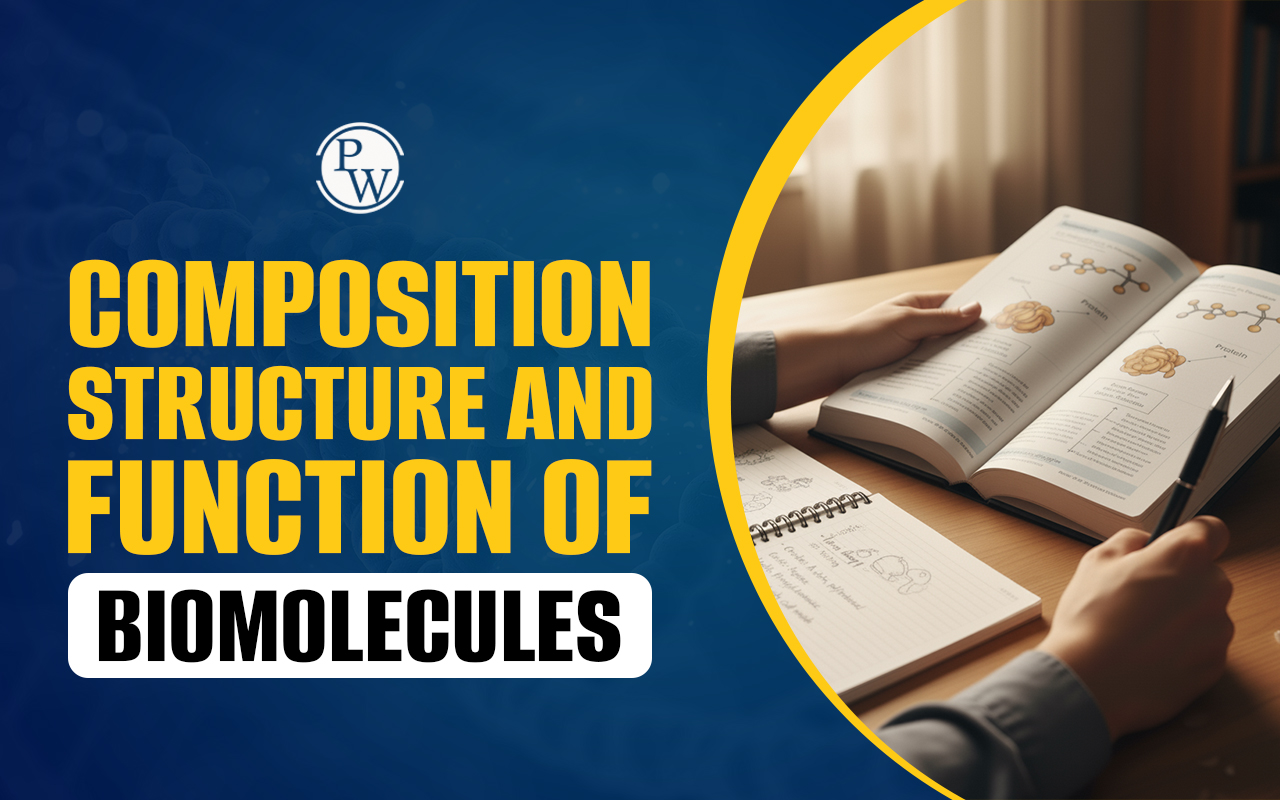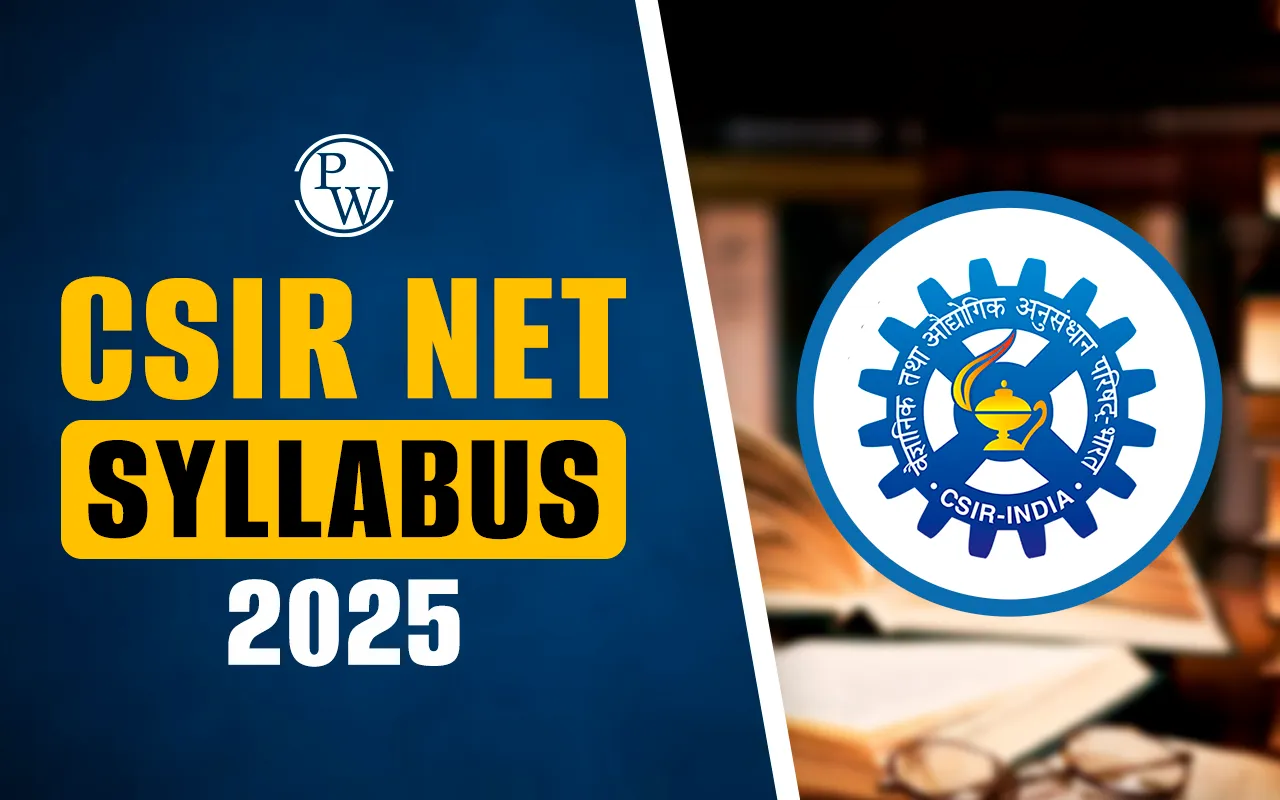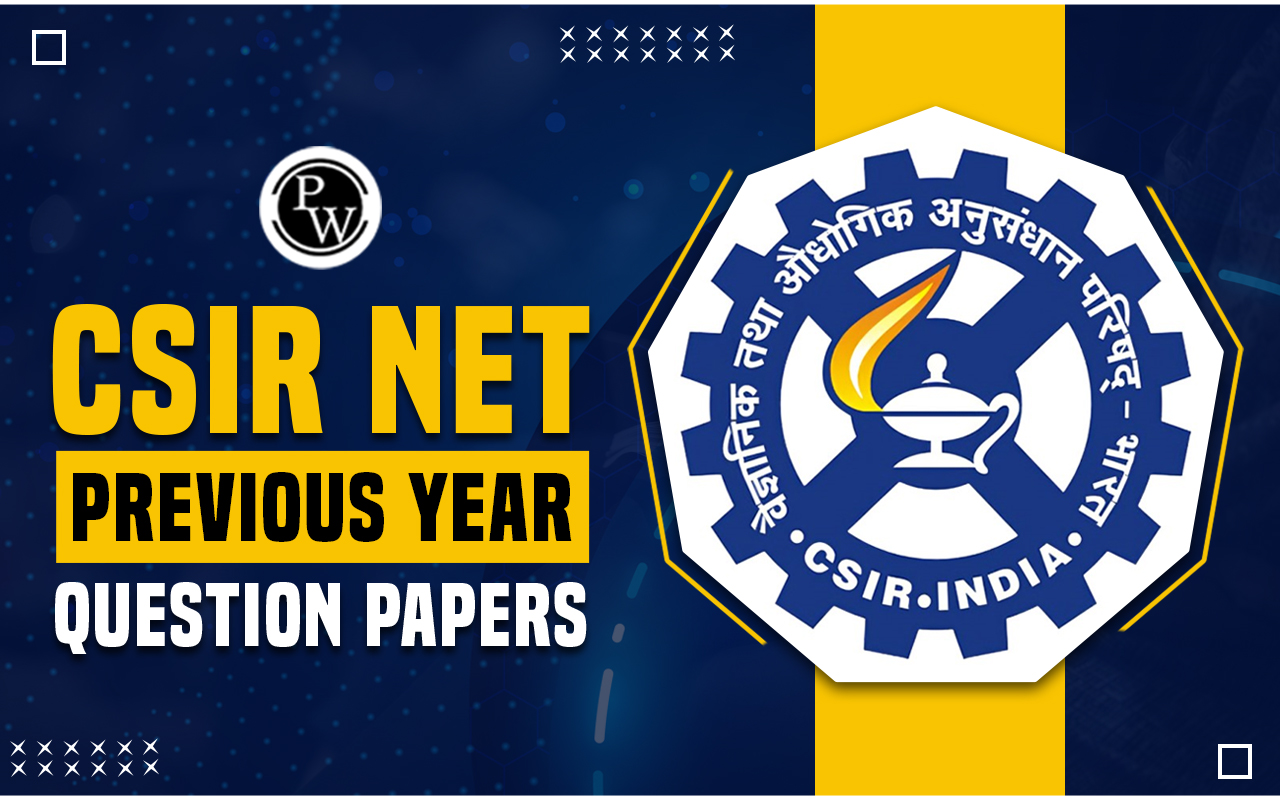
UPPSC Assistant Professor Botany Syllabus 2025 is prepared with an aim to cover postgraduate topics from basic areas of plant sciences. Some major topics include Plant Physiology, Cellular Organization, Ecology, and Inheritance Biology. Candidates are advised to download the official syllabus PDF and get familiar with the current exam pattern to prepare for both the written examination and the interview.
This syllabus is structured to evaluate a candidate's enhanced knowledge of both fundamental and advanced botanical concepts. Key areas of study include Molecules and Their Interaction, Diversity of Life Forms, Evolution, and Applied Biology. A clear understanding of this syllabus is important for those who are preparing for the UPPSC Assistant Professor Recruitment 2025.
In addition, applicants should also be prepared for a General Studies paper, which is an important part of the written exam. Knowledge of the complete syllabus and exam format enables candidates to develop a strategic study plan.
UPPSC Assistant Professor Botany Syllabus PDF
For effective preparation, candidates must download the official UPPSC Assistant Professor Botany Syllabus PDF. A proper review of the syllabus is important for understanding the scope of the topics and for planning a study schedule. Once released by the UPPSC, the official syllabus can be downloaded directly from the link provided below for your convenience.
Having a copy of the syllabus will help you to create a structured study plan, ensure all essential topics are covered, and concentrate on the most important areas. Download the official syllabus PDF to keep your preparation up to the mark as per the latest exam requirements.
UPPSC Assistant Professor Botany Syllabus 2025 Overview
The UPPSC Assistant Professor Notification 2025 is available for candidates aspiring to gain a teaching role in the government degree colleges of Uttar Pradesh. A brief summary of the major information is provided in the table below.
| UPPSC Assistant Professor Botany Syllabus 2025 Overview | |
| Particulars | Details |
| Post Name | Assistant Professor Botany |
| Recruiting Body | Uttar Pradesh Public Service Commission (UPPSC) |
| Exam Stages | Written Test and Interview |
| Written Exam Marks | 200 Marks |
| Paper I (General Studies) | 30 Questions (60 Marks) Covers Current Affairs, History, Geography, Polity, Economy, Science, Elementary Mathematics |
| Paper II (Botany) | 70 Questions (140 Marks) Covers PG-level Botany topics like Plant Physiology, Cellular Organization, Inheritance Biology, Ecology, Evolution, Applied Biology, and more |
| Total Questions | 100 Objective (MCQ) Questions |
| Exam Duration | 2 hours |
| Interview Marks | 30 Marks |
| Negative Marking | To be announced in the official notification |
| Syllabus level | Postgraduate level Botany, General Studies basics |
| Exam Mode | Offline, Pen and Paper |
UPPSC Assistant Professor Botany Syllabus 2025
The complete syllabus is mentioned in the official UPPSC Assistant Professor Notification 2025. It is divided into two sections, where Paper I is related to General Studies, and Paper II is subject specific. The Botany paper is designed to evaluate the candidate's expertise in the subject at a postgraduate level.
Paper I: General Studies
Paper I is a mandatory component for all candidates, regardless of their optional subject. It is designed to assess your general awareness on a variety of important topics:
-
National and International Current Affairs
-
History of India and the Indian National Movement
-
Geography of India and the World
-
Indian Polity and Economy
-
General Science
-
Elementary Mathematics up to the 10th standard
Paper II: Botany
This paper is the core component of the written examination and carries the highest weightage. The syllabus is comprehensive, designed to evaluate a candidate's deep, knowledge in plant sciences. It is divided into ten units covering the major fields of Botany.
Below is the bried syllabus for the main subject, Botany:
| UPPSC Assistant Professor Botany Syllabus 2025 | |
| Unit | Topics Covered |
| 1. Molecules and their Interaction Relevant to Biology | This unit covers the structure of atoms, molecules, and chemical bonds, as well as the composition and function of biomolecules like carbohydrates, lipids, and proteins. It also includes principles of biophysical chemistry, enzyme catalysis, and the metabolism of various biomolecules. |
| 2. Cellular Organization | Topics include membrane structure and function, organization of intracellular organelles like the nucleus and mitochondria, and the structure of genes and chromosomes. The unit also covers the cell division cycle, including mitosis and meiosis. |
| 3. Fundamental Processes | This section focuses on DNA replication, repair, and recombination, along with RNA synthesis and processing (transcription). It also includes protein synthesis (translation) and the control of gene expression at both transcriptional and translational levels. |
| 4. Cell Communication and Cell Signaling | This unit explores host-parasite interactions, cell signaling through hormones and receptors, and general principles of cellular communication, including cell adhesion and neurotransmission. |
| 5. Plant Physiology | Key topics include photosynthesis (C3, C4, and CAM pathways), respiration, nitrogen metabolism, and the roles of plant hormones. It also covers sensory photobiology, solute transport, and plant responses to biotic and abiotic stress. |
| 6. Inheritance Biology | This unit covers Mendelian principles, the concept of a gene, gene mapping methods, and extra-chromosomal inheritance. It also discusses quantitative genetics, mutations, and structural alterations of chromosomes. |
| 7. Diversity of Life Forms | This section includes the principles of taxonomy, the classification of plants and microorganisms, and an overview of the biology and biodiversity of viruses, bacteria, fungi, and various plant groups like Bryophytes and Angiosperms. |
| 8. Ecological Principles | This unit covers the physical and biotic environment, the concepts of habitat and niche, population ecology (including r and K selection), and species interactions. It also includes community ecology, ecological succession, ecosystem functions, and biogeography. |
| 9. Evolution and Behaviour | Topics include the emergence of evolutionary thought (Lamarck and Darwin), the origin of cells, and the major events in the evolutionary time scale. It also covers molecular evolution and the mechanisms of population genetics, such as the Hardy-Weinberg Law. |
| 10. Applied Biology & Methods in Plant Science | This unit focuses on applied topics such as microbial fermentation, tissue culture, transgenic plants, and bioremediation. It also details various methods, including the isolation of DNA/RNA, microscopic techniques, biophysical methods, and statistical analysis. |
UPPSC Assistant Professor Botany Exam Pattern 2025
Candidates should become acquainted with the UPPSC Assistant Professor Botany Exam Pattern to understand the format of the question paper, the marking system, and the time. The selection process has a written test which is then followed by an interview.
The detailed exam pattern is outlined in the table below:
|
UPPSC Assistant Professor Botany Exam Pattern 2025 |
||||
|
Paper |
Subject |
No. of Questions |
Marks |
Duration |
|
Paper I |
General Studies |
30 |
60 |
2 Hours (Combined) |
|
Paper II |
Botany (Subject) |
70 |
140 |
|
|
Total |
100 |
200 |
||
|
Interview |
- |
30 |
||
|
Grand Total |
- |
230 |
||









